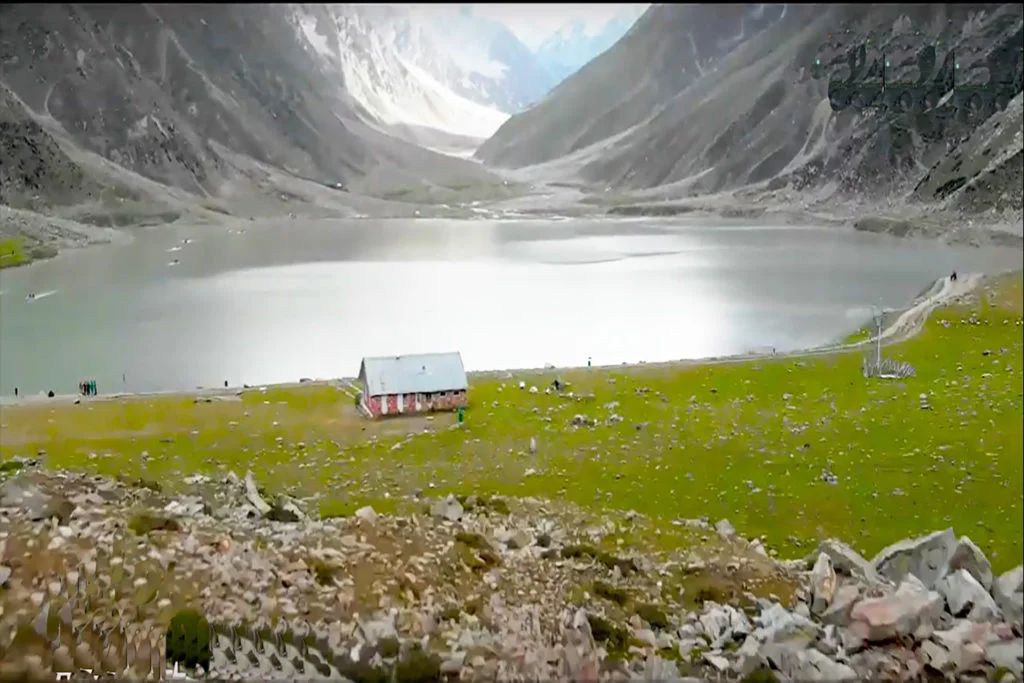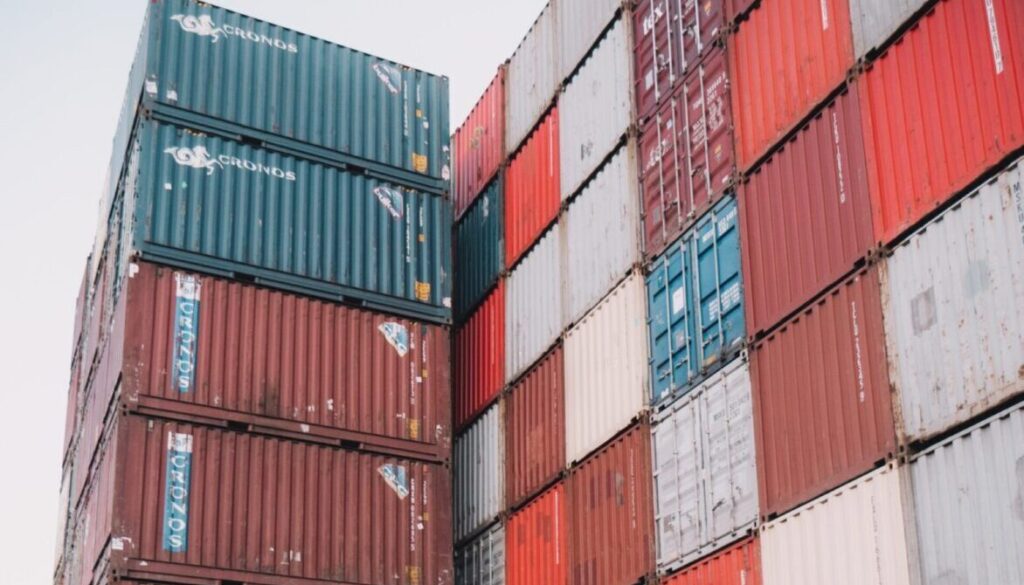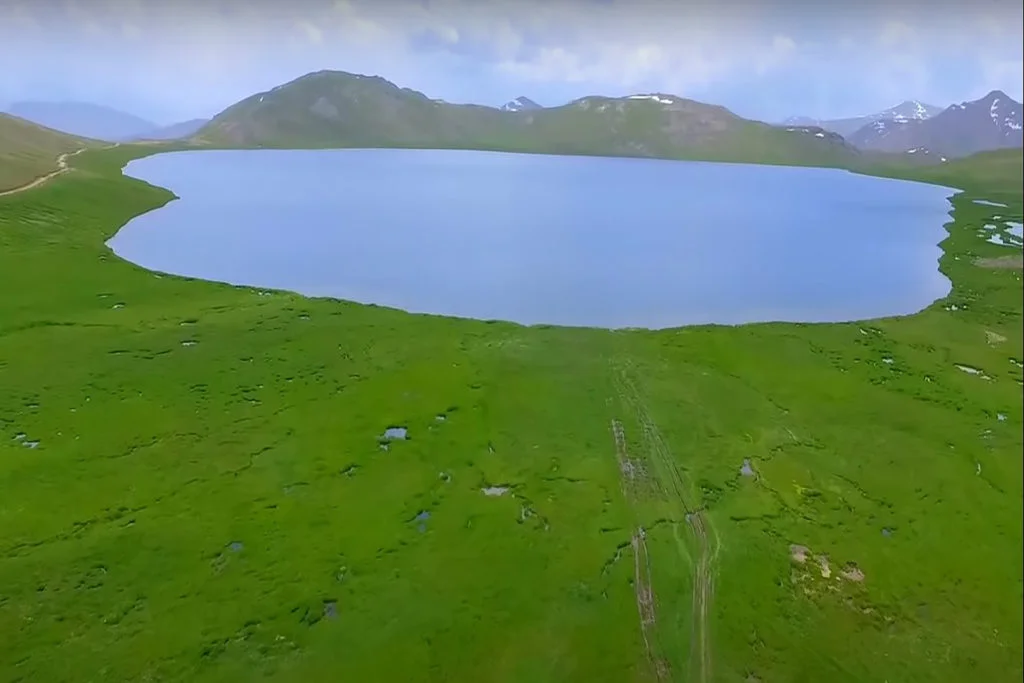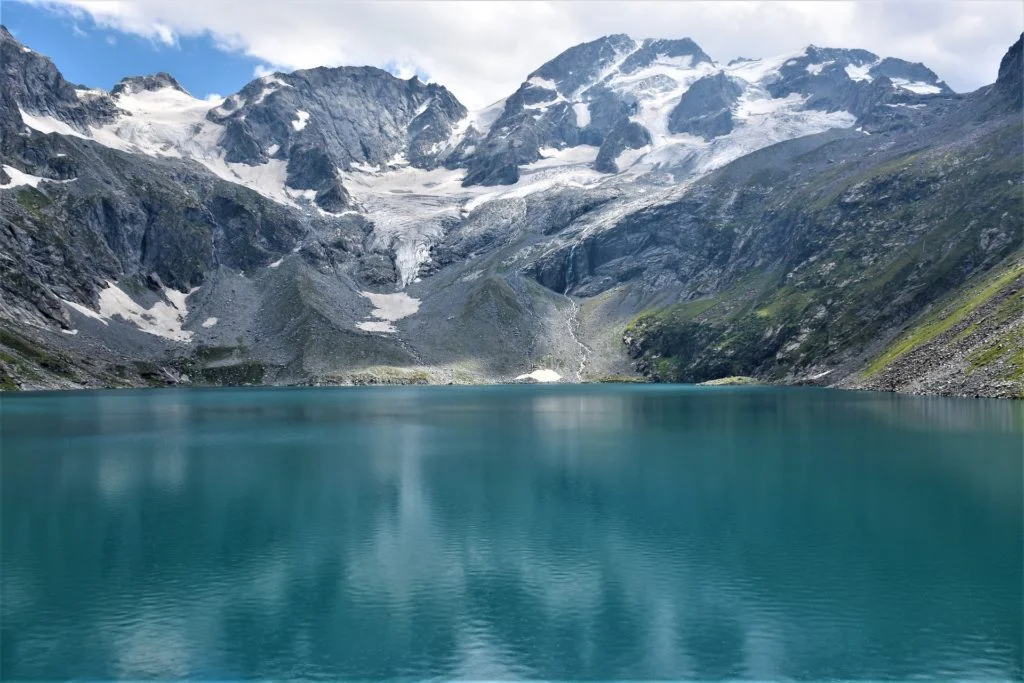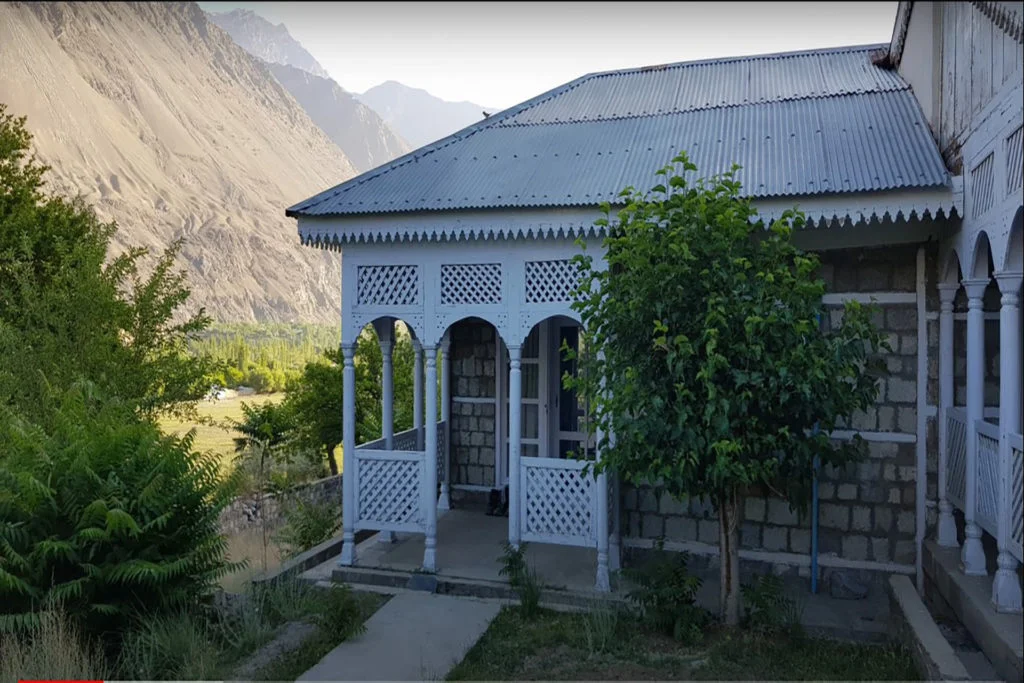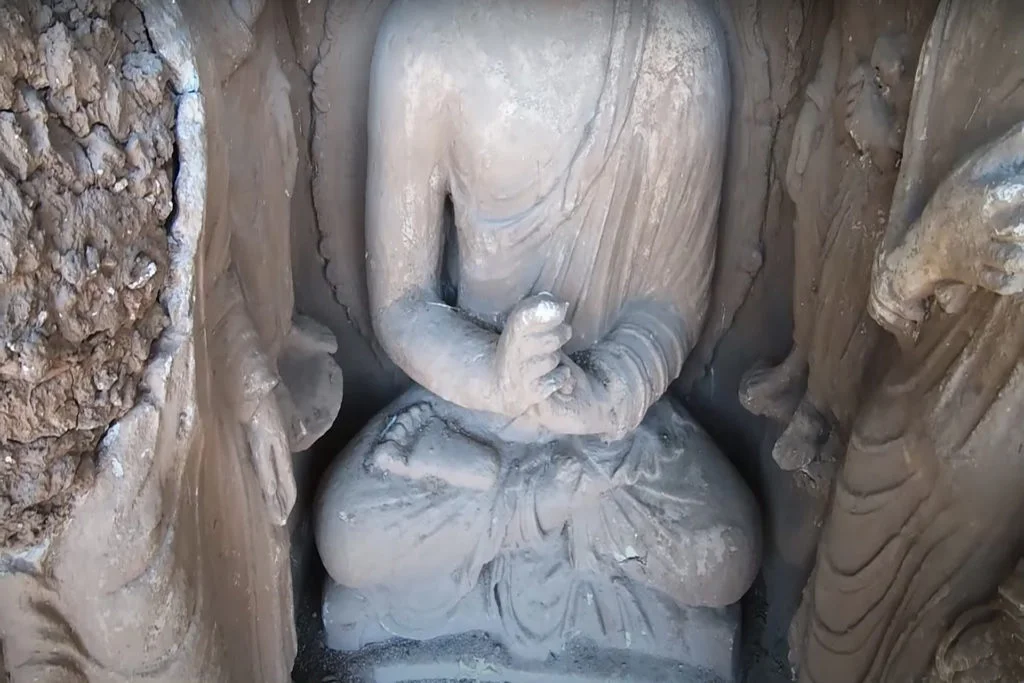Government of Pakistan has built its first eco-tourism village in Pakistan in March 2022. The village is built in the Kaghan Valley of Khyber Pakhtunkhwa and will provide a place that allows tourists to cater to the increase of tourists in the northern parts of the country. Improved transportation, conservation, and the well-being of local people will be some of the key features of this ecosystem.
Amid ongoing environmental degradation, such a unique initiative is commendable. The establishment of a nature resort town can lay the groundwork for other such activities in some places where tourists flock in large numbers. In this regard, the private sector can play an important role in investing in the establishment of many such facilities.
The government is usually very focused on increasing tourism. However, informal visits can have negative effects on the ecosystem. Although the tourism industry generates revenue and helps to improve the financial well-being of the local people, it has had some negative effects and poses environmental risks.
In particular, the flow of vehicles creates pollution, and the spread of garbage and waste products leads to a gradual deterioration of the environment.
Visitors should be instructed not to distribute litter in natural areas and awareness campaigns should be launched.
Ecotourism is an ecological way of promoting tourism activities in the country. As the world grapples with climate change and the destruction of natural beauty, there is a need to promote environmentally friendly policies that maintain the sanctity of indigenous lands and livelihoods.
In this blog, we will look at the many ways in which an ecotourism policy can be implemented in a country and how Pakistan can do the same to ensure sustainable tourism in the country.
Ecotourism is a way of boosting employment opportunities and uplifting livelihoods, while at the same time ensuring that no amount of human activity causes habitat loss, pristine lands are unadulterated, and wildlife isn’t disturbed. In most regions, tourism attracts indigenous lands and people and is a way for outsiders to experience the way of life here,
Eco Tourism Meaning
Ecotourism combines responsible tourism and sustainable transportation, conservation, and improving the well-being of local people in the area. Its purpose is both to educate the traveler and to provide conservation funding and to benefit the economic development and political empowerment of local communities.
Ecotourism is a way to increase employment opportunities and uplift livelihoods while ensuring that no human activity causes habitat loss, pristine land is unadulterated and wildlife is not disturbed. In most regions, tourism is attracted to the indigenous lands and people and is a way for outsiders to experience the way of life here,
First Eco Tourism village in Pakistan
The first eco-tourism village in Pakistan in the northwestern province of Khyber Pakhtunkhwa will comply with a waste disposal policy, the adviser said.
“The ecotourism project is a unique and effective way to reduce the environment in the tourism industry in Pakistan,” Aslam said this week. “This will educate not only the tourism industry but also the local community to improve their quality of life.”
A visit to the eco-tourism village in Pakistan would also include a six-day trek, Aslam said, adding that the government wanted to invite private companies to set up similar camping sites in other parts of the province.
The village will be located in a jeep drive two hours from the historic Monroe Track restored under the government’s 10 Billion Tree Tsunami project.
Ecotourism is a way to increase employment opportunities and uplift livelihoods while ensuring that no human activity causes habitat loss, pristine land is unadulterated and wildlife is not disturbed. In most regions, tourism is attracted to the indigenous lands and people and is a way for outsiders to experience the way of life here.
Eco-Tourism Village Location
Located in Shankiari, a town in Mansehra, Khyber-Pakhtunkhwa, a 30-mile [50 km] hiking trail is about 100 years old and was first marked by Monroe, a British forester. However, the track was later lost.
With funding of 7.5 billion rupees ($ 46 million), the 10 Billion Trees project aims to boost the success of the previous $ 1 billion Tsunami Tree in the province of Khyber Pakhtunkhwa, where the government has planted trees since 2014.
What is an eco-tourist village?
Eco-tourism is a type of tourism that uses sustainable transport and involves responsible and dependable travel to the natural area. This type of tourism, especially focuses on conserving the environment and uplifting the living standard of the local residents of the area.
It involves the area, especially known for its natural environment, greenery, and wildlife. Cultural Heritance is also one of the primary attractions of such areas.
What is an example of the Eco-Tourism village?
Eco-tourism is already set up in Costa Rica, Madagascar, Kenya and Ecuador.
What are the three types of ecotourism?
There are following three types of Eco-tourism
- Hard Eco-tourist
- Soft Eco-tourist
- Adventure Eco-Tourist
What are the benefits of ecotourism?
Following are the benefits of Eco-tourism
- Impact on the environment would be minimum
- Constructive feedback is encouraged from travelers as well as locals
- Environmental and cultural awareness would be increased
- The natural and pure environment would be preserved.
Hotels in Eco-Tourism
As people travel, the demand for hotels and motels increases significantly. To meet this demand, local residents are building hotels; sometimes it doesn’t take into account how it might affect natural biodiversity. Without any regulatory body to conduct feasibility studies, interventions also occur in most cases.
These interventions can be carried out on native land, in nature reserves such as wetlands, or in the form of natural flows that adversely affect the environment. These practices are therefore wrong and are proving to be harmful to the environment.
In order for real estate activity to be sustainable here, it is necessary to develop environmental studies of the region and divide each place into zones to indicate whether or not construction activities can be carried out. The regulatory authority should ensure full compliance with these provisions to avoid violations of the law.
In addition, each hotel, motel, or guest house should be required to submit a detailed proposal for how it would handle trash, accommodate more cars for parking, and use open spaces for recreational activities.
Cultural Impact of EcoToursim
The cultural industry of the region is an essential element of this place and must therefore be developed in order to prosper. In most regions around the world, tourism activities damage the culture and social norms of the region. In this regard, efforts should be made to keep the cultural values of the region intact while experiencing these distinct and vibrant cultures up close.
Another important factor in the cultural industry is artifacts and local cuisine, which in most cases are acquired tastes. In order to create more demand for these cultural services, local governments can launch awareness campaigns, and commission vloggers to produce digital content on the dos and don’ts of exploring the region’s culture.
In addition, tourists and even locals should be fined for any inappropriate behavior such as painting on mountains/highways/trees, cutting trees, hunting animals, littering, and disturbing animals and people.
What is greening in tourism?
Small-scale tourism involves natural areas where there is minimum impact on the natural environment due to tourism. In other words, this type of tourism helps to protect the natural environment and curtail the adverse effects of tourism.
Is a zoo eco-tourism?
This is debatable but zoos can be considered eco-tourism as they help to conserve certain types of species that are in danger of extinction.
Best Eco Tourism Destinations In The World
The following are the best eco-tourism destinations in the World.
- Costa Rica.
- Norway. …
- Kenya. …
- Palau. …
- Galapagos Islands. …
- Antarctica. …
- Iceland. …
- Amazon Rainforest.
What are some ecotourism activities?
Some of the main activities of Eco-tourism are:
- Conservation of plants and wildlife, Involvement of Local Communities in the tourism industry, and substantial travel.
- Environmental protection and conservation of the environment and protection of endangered wildlife is one of the main concerns in current times
- Photo Safari…
- Hiking. …
How do you do eco-tourism?
There are several means to be a part of ecotourism. However, the following are the most common:
1) Sale of handicrafts and souvenirs made by local artists and craftsmen
2) Accommodation and tour operator research
3)Options for public transportation
4) Conservation of the environment by less waste and filth
5) Wildlife protection
Who are the Eco-tourists?
Travelers who are conscious of the perseverance of fauna and flora are eco-tourists. These travelers visit the areas and spend some time in the area for leisure, family vacation, or enjoyment but are aware of the conservation of the environment and protection of endangered wildlife.
What are the four pillars of ecotourism village in Pakistan?
The four pillars of eco-tourism are
- Human,
- Social,
- Economic and
- Environmental
How does eco-tourism attract tourists?
People who like the natural environment and undisturbed landscapes are mostly attracted by eco-tourism. They are responsible travelers who care for the improvement of the living standards of the local people and the perseverance of wildlife.
Business Training and Business Development, Hospitality Management, and Leisure Tourism for Khyber Pakhtunkhwa youth completed in Swat, Batagram, Bunir, Chitral, and Buner. A total of 100 young people trained in four different training events. Trained youth is now fully involved in providing services in the tourism, tourism, and tourism sectors.
Abstract and statistics
The development of the Eco-tourism village in Pakistan uses the entrepreneurial approach. The village has springs of water, rivers, forest reserves, and biodiversity. Community involvement to increase social well-being, fostering a sense of belonging, and fostering a sense of commitment to the existence and sustainability of the ecosystem are important components of the development of social entrepreneurs.
The purpose of the study was to describe the implementation of the work of social entrepreneurs in the development of Eco-tourism Village in Pakistan.
The research was conducted using a standard approach, describing the implementation of the science, technology, and arts program in a tourism Village in Pakistan within the public enterprise framework. The primary data source is obtained through observation, interviews, and focus group discussions. The secondary data source is derived from relevant references.
Development July 2022
In a recent development, Sindh Chief Minister Syed Murad Ali Shah and Federal Minister for Environment and Climate Change Sherry Rehman have agreed to work on several eco-tourism projects in the province.
The projects will focus on two areas; a resilient marine ecosystem and the use of saline land, which will be funded by a newly established fund, the National Disaster Risk Management Fund (NDRMF).
In the meeting, it was decided that eco-tourism will be developed at Keenjhar Lake and Miani Forrest, while other projects will include the de-pollution of Manchhar Lake, the establishment of cold chains of fisheries, and the development of a sustainable fisheries management framework.
The newly established fund will also finance sub-projects that would contribute to increasing the country’s resilience to natural risks and climate change. It will also strengthen the country’s ability to respond and act in a crisis situation caused by natural disasters.
The Chief Minister also informed that the NDRMF has approved a budget of PKR 1.98 billion for this year-long project, which will be used for a resilient marine ecosystem and a sustainable blue economy in the coastal areas of District Badin, Thatta, Sujawal, and Karachi.
A resilient marine ecosystem through sustainable management of the ecosystem of fisheries resources will be ensured by:
- Creation of protected fisheries areas through community engagement
- Establishing community policing through Fisheries Management Agreements (FSA) in designated areas
- Development of a Sustainable Fisheries Management Framework (SFMF) for coastal fisheries
- Establishing a fishing cold chain and installing a flake ice machine or cooling unit
- Development of support facilities
- Installation of solar-compatible RO equipment for clean water supply
- Expansion of the existing floating pontoon on two piers
- Establishment of control points, management of field workplaces
- Replacing harmful fishing gear with sustainable gear
- Conversion of 50 fishing trawlers into sustainable fishing vessels
- Provision of equipment for small boats
- Establishment of a model aquaculture farm and provision of livelihood and family nutrition support for women
- Providing 24/7 extension services to target areas and training and exposure to 1000 farmers and fishermen.
Chief Minister Miani Forrest’s eco-tourism project is worth PKR 645 million, which is 13 kilometers from Hyderabad city and is a natural beauty. Similarly, Manchar Lake is a PKR 910 million project, which is a freshwater lake providing a natural habitat for marine life and supports a number of fishermen in the area.

